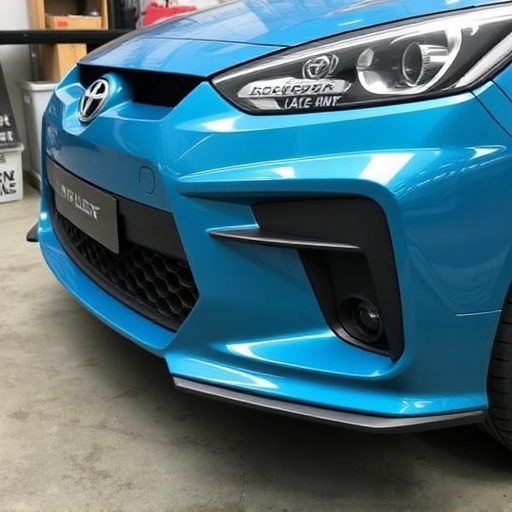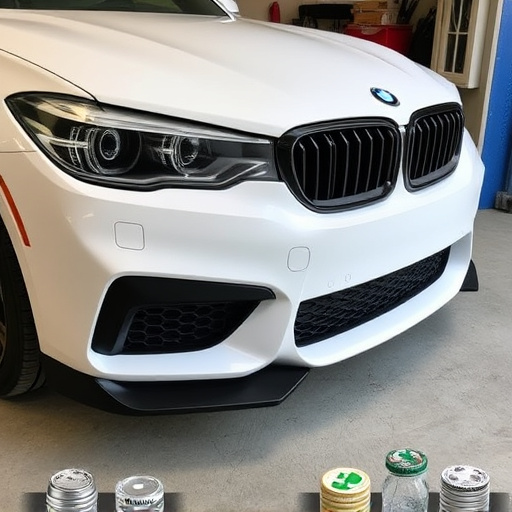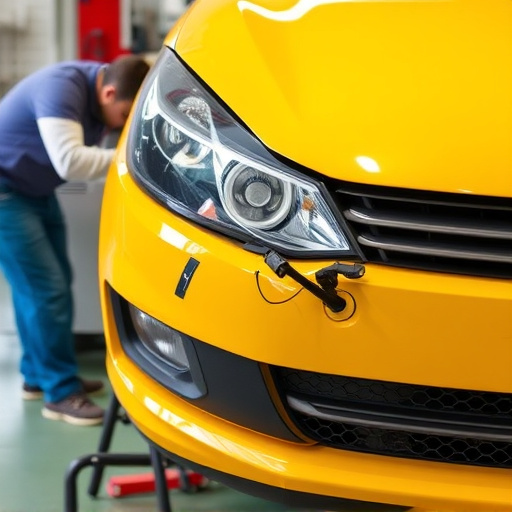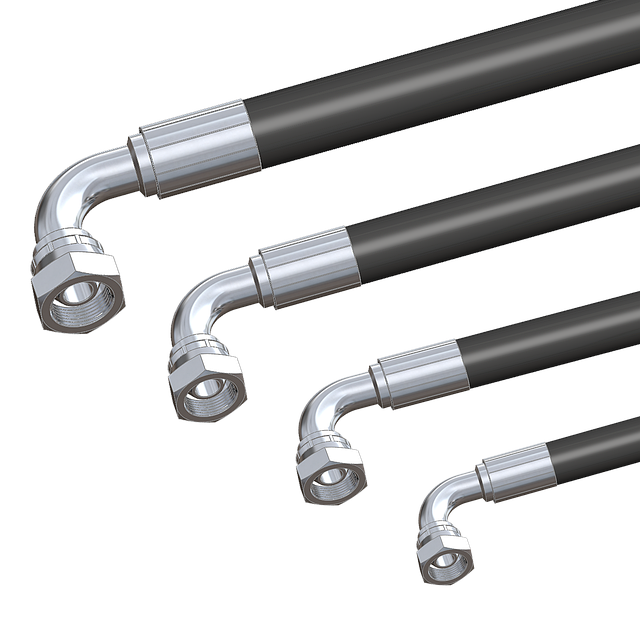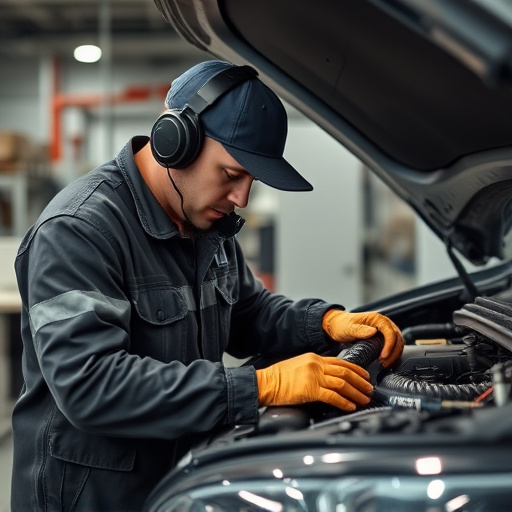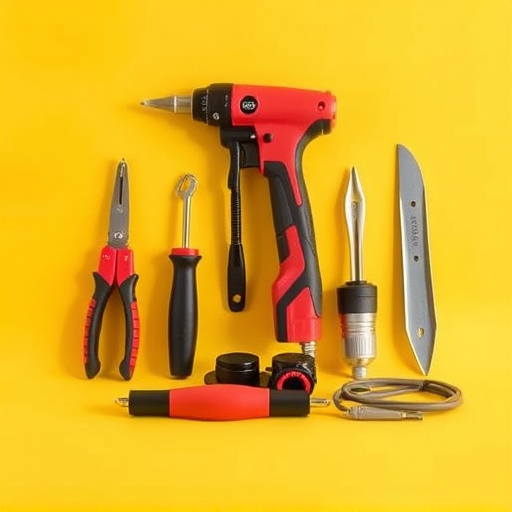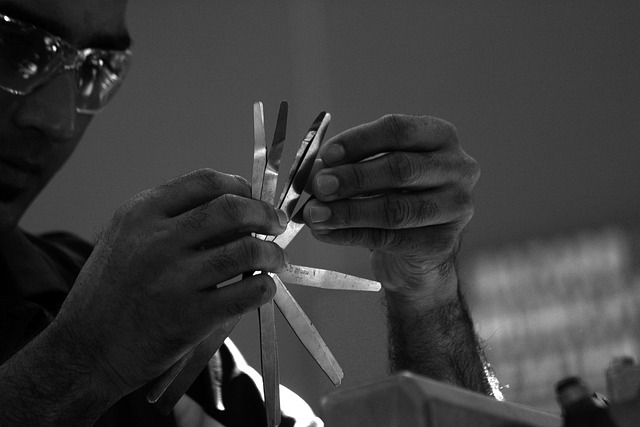Repair video documentation boosts transparency and client trust in collision repair centers by visually accounting for each step of repairs. Using clear visuals, compelling narratives, and editing software makes complex procedures accessible to customers. Effective labeling strategies ensure organized storage and quick retrieval of documentation.
In today’s digital age, effective repair video documentation is essential for shops looking to streamline their processes and enhance customer service. This comprehensive guide delves into the art of editing and labeling these video segments, ensuring clear visuals and narratives that facilitate organized storage. By understanding the unique needs of repair video documentation, mastering editing techniques, and implementing strategic labeling strategies, shops can revolutionize their approach to after-sales support.
- Understanding Repair Video Documentation Needs
- Editing Techniques for Clear Visuals and Narratives
- Effective Labeling Strategies for Organised Storage
Understanding Repair Video Documentation Needs
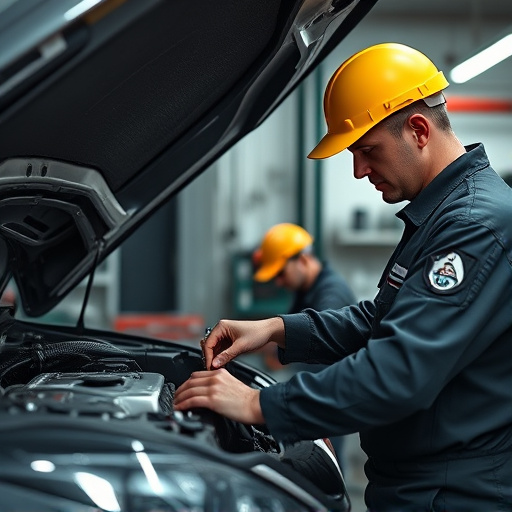
In today’s digital age, repair video documentation plays a pivotal role in enhancing efficiency and transparency within collision repair centers and auto body shops. By capturing and labeling each step of a fender repair or auto body repair process on video, shops can offer clients a clear understanding of the work performed. This visual documentation not only serves as a record but also ensures accountability, enabling customers to follow their vehicle’s transformation from damage to restoration.
Shops must consider the diverse needs of their clientele and the varying degrees of technical knowledge when creating repair video documentation. Well-labeled videos with simple explanations can empower clients to make informed decisions about their vehicle’s maintenance, fostering trust in the collision repair center’s expertise. This approach is especially beneficial for complex procedures like auto body repairs or intricate fender repairs, where visual evidence can communicate progress and quality of workmanship effectively.
Editing Techniques for Clear Visuals and Narratives
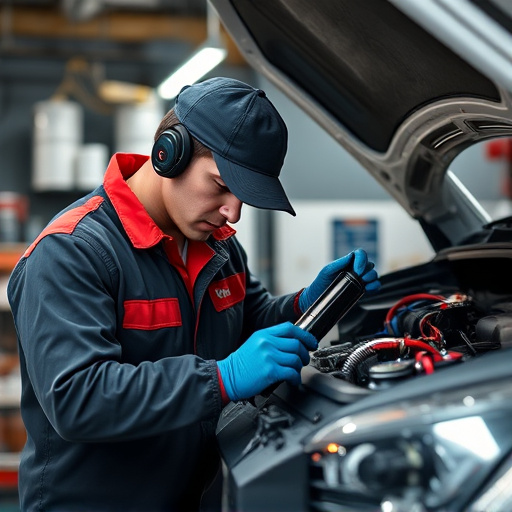
When editing repair video documentation, shops should focus on clear visuals and compelling narratives to effectively communicate the process. Techniques such as close-ups, slow motion, and time-lapse can significantly enhance understanding by highlighting crucial steps in car dent removal or automotive restoration. For instance, a close-up shot during tire services can showcase the precision required in detecting and fixing issues.
Narration plays a vital role, too. Shop technicians should provide clear, concise explanations as they work, detailing each repair stage. Using editing software to sync visuals with audio ensures viewers grasp the context and significance of every action. This approach makes complex procedures like car dent removal or automotive restoration more accessible and informative for both customers and potential service seekers.
Effective Labeling Strategies for Organised Storage
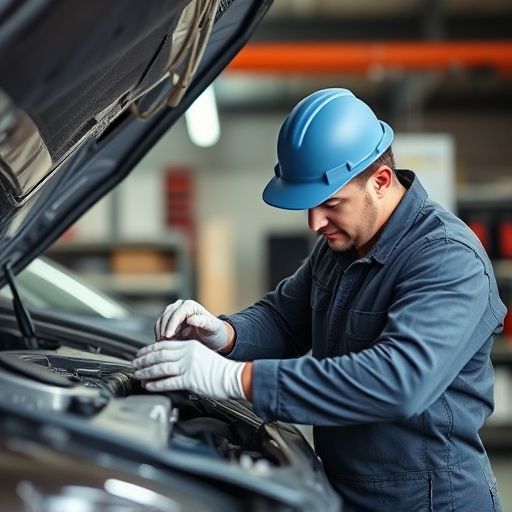
Effective Labeling Strategies for Organised Storage
When it comes to managing repair video documentation, proper labeling is paramount. Each segment should be meticulously tagged with relevant information such as the type of repair (e.g., auto glass replacement, frame straightening), date, and a brief description. This not only facilitates quick retrieval but also ensures that every repair process is easily trackable.
Utilising a standardised format for labels can significantly enhance organisation. Incorporate key metrics and categories specific to your shop’s operations, whether it involves car paint repairs or other specialised services. Clear, concise, and consistent labeling strategies streamline the documentation process, making it easier for technicians to access and update videos as needed.
Shops can greatly enhance their repair video documentation process by implementing effective editing and labeling strategies. Understanding the specific needs of this documentation, employing thoughtful editing techniques, and utilizing organized labeling systems ensure that the content is clear, accessible, and easily retrievable. By adopting these practices, businesses can streamline their repair processes, improve customer satisfaction, and foster a more efficient workflow through robust repair video documentation.


